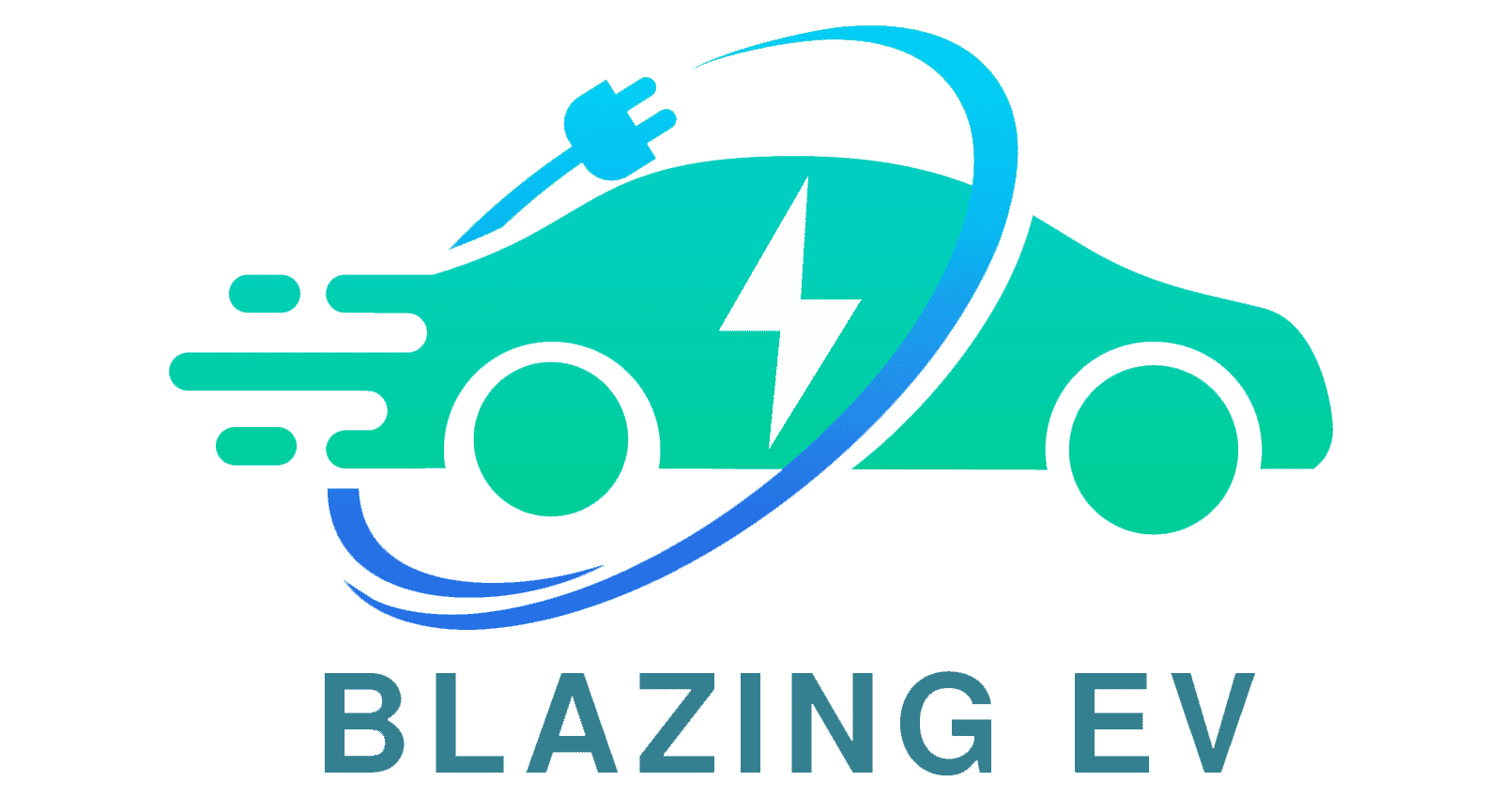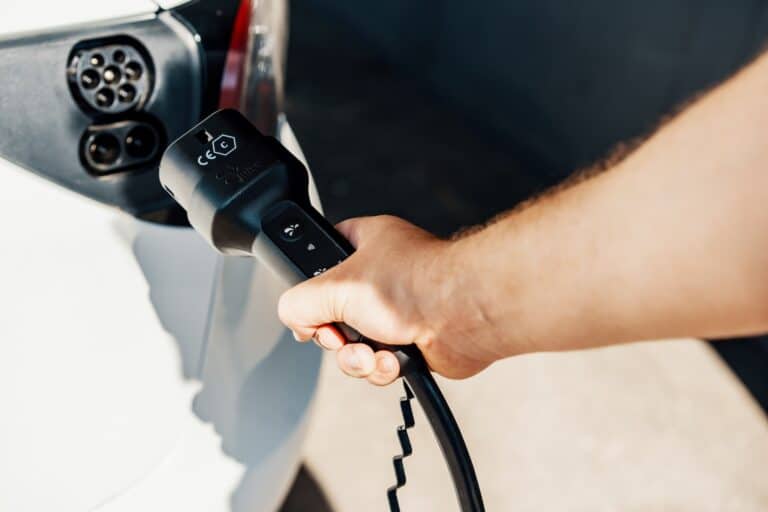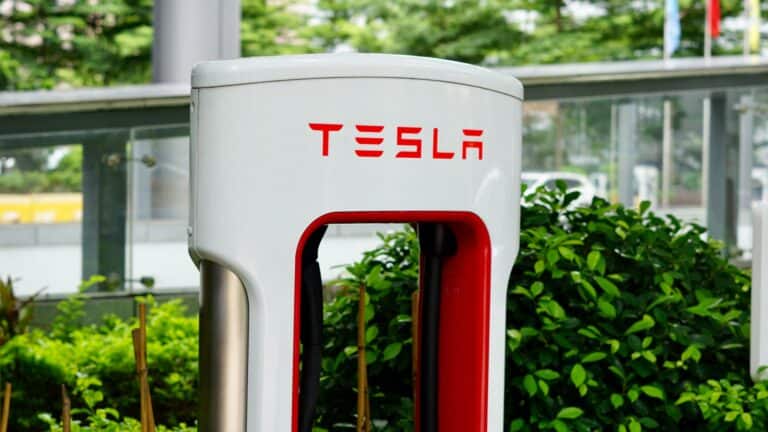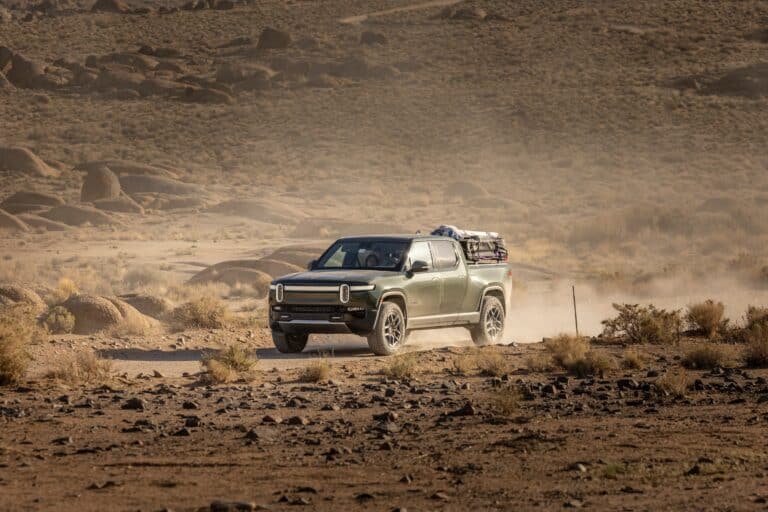Does Tesla Self Driving Takeover If It Senses A Crash?
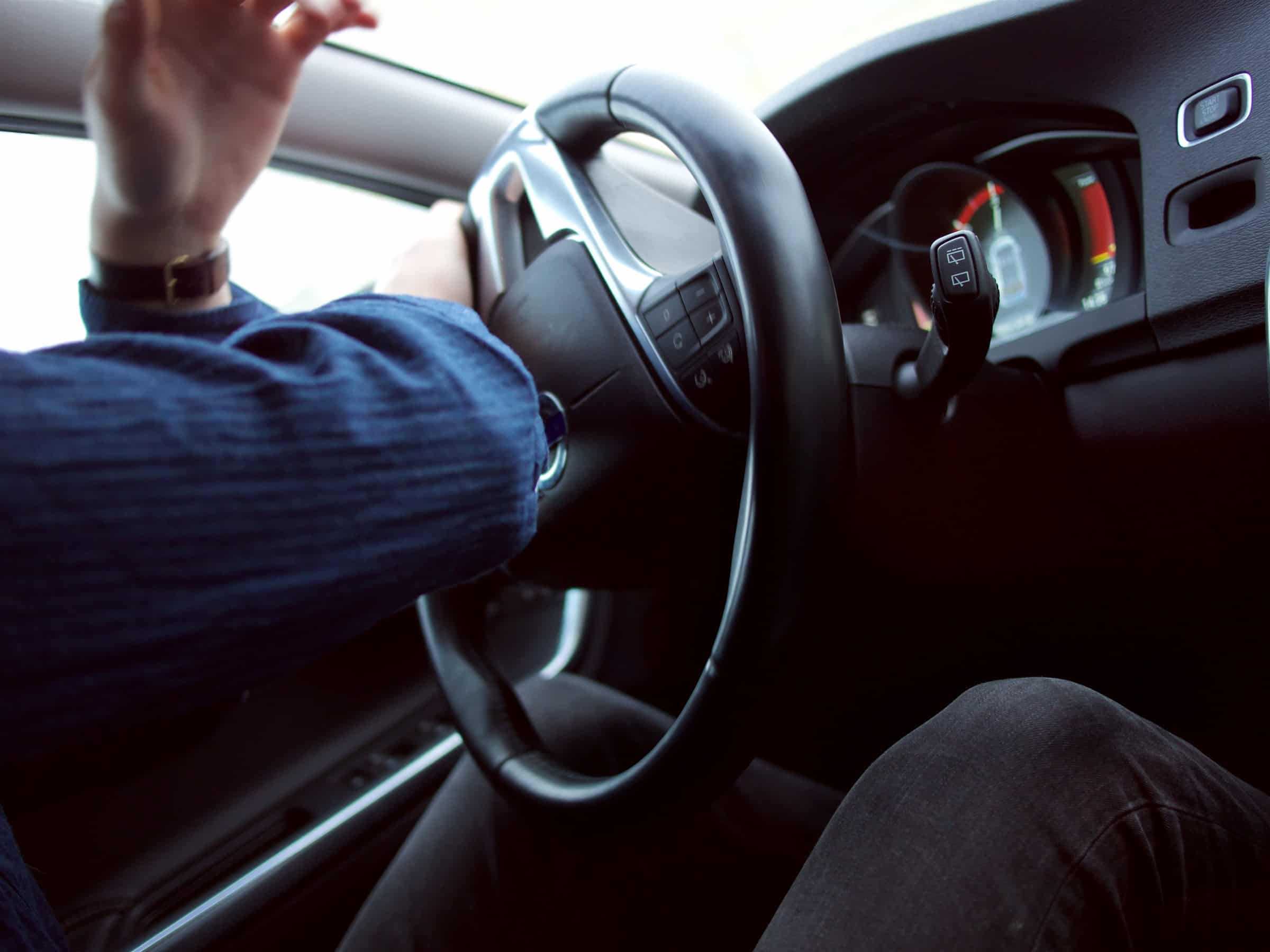
A Vanguard Against Vehicular Catastrophes?
In the dynamic and ever-evolving landscape of autonomous vehicle technology, Tesla is cruising ahead like a starship amidst earthly cars with its groundbreaking Autopilot system. The idea that Tesla’s Autopilot can play the role of a vigilant guardian angel, sensing an imminent crash and swooping in with preventive actions, has not only sparked curiosity but also initiated a riveting dialogue among automotive enthusiasts and safety regulators. It’s like the automotive world has been handed a sci-fi novel and everyone is eager to read the next chapter. This extended article is your telescope into the universe of Tesla’s Autopilot, aiming to unravel the magic and the machine that work in tandem to potentially thwart a collision and play the role of a shield for its occupants. As we delve into the mechanisms that fuel Tesla’s Autopilot, we’ll venture into discussions that border on the futuristic, exploring whether this modern chariot can autonomously become a knight in shining armor in the face of danger on the roads. So, buckle up as we embark on this exploratory journey into the heart of Tesla’s Autopilot, navigating through the realms of possibility it unfolds in enhancing safety and steering us towards a new era of driving!
Understanding Tesla’s Autopilot
Tesla’s Autopilot is a sophisticated driver-assistance system, amalgamating a plethora of safety and convenience features to aid the driver. Although it doesn’t render the car fully autonomous, it undeniably portrays a glimpse into the promising future of autonomous driving. The Autopilot system is a blend of sensors, cameras, and machine learning algorithms that work in harmony to interpret the vehicle’s surroundings and make real-time decisions. Through a network of interconnected devices and a robust feedback mechanism, the system is constantly learning and adapting to new traffic scenarios and environmental conditions. It embodies a union of hardware and software expertise, showcasing Tesla’s commitment to enhancing driver safety while pushing the boundaries of automotive technology.
The underlying artificial intelligence allows the Autopilot to process vast amounts of data at lightning speed, facilitating quick responses to dynamic road situations. Furthermore, Tesla continuously refines the Autopilot through over-the-air software updates, enriching its capabilities and improving its response to potential hazards. The fusion of cutting-edge technology with real-time data analysis underscores Tesla’s Autopilot as not merely a driver-assistance feature, but a continually evolving platform striving towards the pinnacle of autonomous driving. By doing so, Tesla is not only propelling the automotive industry forward but also fostering a safer and more efficient driving environment. Through Autopilot, Tesla envisions a realm where cars can significantly reduce the burden on drivers, mitigate risks, and pave the way for a new epoch of mobility solutions.
Crash Avoidance Capabilities
A hallmark of Tesla’s Autopilot is its crash-avoidance mechanism, which is a testament to the system’s advanced engineering and Tesla’s commitment to safety on the road. The core of this mechanism lies in its forward-facing radar and cameras, which are meticulously engineered to identify potential hazards on the road with a high degree of accuracy. These sensors serve as the eyes of the system, capturing a detailed view of the road ahead, and are capable of detecting vehicles, pedestrians, and other impediments even in challenging weather conditions or low visibility scenarios.
The Autopilot’s crash-avoidance capability is further enhanced by its ability to process the data gathered by these sensors in real-time, thanks to its high-powered onboard computer and sophisticated machine learning algorithms. The system is programmed to execute evasive maneuvers to avoid or alleviate collisions, which includes actions such as automatic emergency braking, steering adjustments, and in some cases, lane changes. These actions are executed with a level of speed and precision that aims to reduce the severity of collisions or prevent them altogether.
Moreover, the Autopilot’s ability to communicate with other vehicles equipped with similar technology, known as Vehicle-to-Vehicle (V2V) communication, augments its crash avoidance capabilities. Through V2V communication, Tesla vehicles can share information about their speed, position, and other vital data, allowing the Autopilot to have a more comprehensive understanding of the traffic environment. This collective intelligence further enhances the system’s predictive capabilities, enabling it to anticipate potential hazards and react proactively to ensure the safety of its occupants and other road users.
Additionally, Tesla continues to invest in the development and refinement of its Autopilot system through over-the-air software updates, which constantly improve the system’s ability to interpret and react to complex road scenarios. These updates, often based on real-world data collected from Tesla vehicles on the road, contribute to the continuous improvement of the crash-avoidance mechanism, making it more adept at identifying and reacting to potential hazards over time.
The combination of advanced sensor technology, real-time data processing, machine learning, V2V communication, and continuous software updates encapsulates Tesla’s holistic approach towards crash avoidance. Through these integrated systems and continuous improvements, Tesla’s Autopilot aims to set a high standard in automotive safety, striving towards a future where vehicular accidents are significantly reduced, if not entirely eliminated.
Legal and Ethical Implications
The legal and ethical implications of autonomous driving, particularly in scenarios involving potential collisions, revolve around several pivotal points. The discussions are heavily documented and mainly concern extreme traffic situations where autonomous vehicles are faced with moral dilemmas, such as making difficult moral choices during potential crash scenarios1. Here are some of the key considerations:
- Legality of Autonomous Cars: in the United States, the legal principle “everything is permitted unless prohibited” is often cited to argue the legality of autonomous cars. This principle suggests that actions are allowed unless explicitly banned, showcasing a presumption of liberty for individuals.
- Ethical Programming: a central ethical issue is the programming of a code of ethics into autonomous vehicles, which must make split-second decisions that could potentially harm one human over another. The ethical dilemma extends to determining who is legally responsible for accidents caused by driverless cars – whether it’s the car owners, carmakers, or programmers.
- Legal Framework: the development and utilization of autonomous vehicle technology bring forth legal and ethical challenges that lawmakers and policymakers strive to address. The aim is to make autonomous vehicle technology safer and more practical while addressing the legal and ethical issues arising from its use.
- State and Federal Legislation: in the United States, as of now, 29 states have laws dealing with autonomous vehicles and their systems. However, federal action remains a concern. The National Highway and Transportation Safety Administration has released new guidelines for automated driving systems to guide state and local legislation, but the federal legal framework is still evolving.
These considerations underscore the complexity of the intersection between autonomous driving technology, law, and ethics, especially in scenarios where a potential crash is imminent. The ongoing discussions in this domain aim to create a robust framework that can accommodate the rapid advancements in autonomous driving technology while ensuring the safety and legality of its application on the roads.
Conclusion
Tesla’s Autopilot, with its collision avoidance prowess, paints a hopeful and exciting picture of a future where our cars have our backs. It’s like having a vigilant co-pilot who’s had one too many cups of coffee, always alert and ready to spring into action. Although not designed to take the wheel entirely in all crash scenarios, its knack for swooping in at critical junctures showcases a promising leap in autonomous driving technology. As legal and societal frameworks evolve to wrap their heads around these technological marvels, the line between human and machine control on the road is likely to blur, perhaps leading us into a new epoch of driving filled with fewer fender benders and more relaxed coffee sips at the wheel.
The features and capabilities discussed herein are like glimpses into a thrilling, yet safe, automotive future, and may undergo refinement over time, much like a fine wine getting better with age. Who knows? The next update might just include a virtual assistant who can share a good laugh with you about the old days of manual driving as you zoom safely along the highway.
For further reading and source references, the following links provide extensive insights:
https://www.tesla.com/autopilot
https://www.nhtsa.gov/technology-innovation/automated-vehicles-safety
